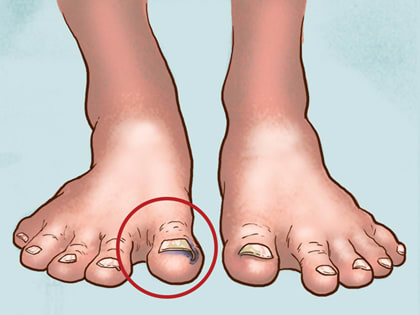 Alex Wong/Getty Images
Each president gets to redesign the space according to their personal taste - and political leanings.
Alex Wong/Getty Images
Each president gets to redesign the space according to their personal taste - and political leanings.
• The Oval Office is the official office of the president of the United States.
• In modern times, many new presidents have redesigned the room.
• These refurbishments typically reflect their personal tastes, signal their political leanings, and commemorate the figures who they admire.
The Oval Office is more than just an office.
It's a symbol of the authority and power of the US presidency - and a great spot for photo ops .
But, while all presidents from John Adams onward have lived in the White House , the Oval Office is a somewhat more modern convention.
The first Oval Office was the brainchild of President William Taft, who added the room when he expanded the West Wing. According to the White House Museum , the room had a green scheme, with olive walls, forest drapes with eagle valances, and a softer green rug. Presidents Woodrow Wilson, Warren G. Harding, Calvin Coolidge, and Herbert Hoover all used this original Oval Office, which was gutted in a 1929 fire.
The modern Oval Office was born during the tenure of Franklin D. Roosevelt. Since then, new presidents have typically redesigned the space, swapping out the drapes, rug, chairs, and desk , switching up the artwork, and adopting new color schemes.
The changes to the Oval Office aren't always simple matter of personal taste. The redesign often allows the president to subtly signal certain political leanings and commemorate the historical figures who they admire.Oval Office decorations can also be a source of political sniping. Under President Donald Trump's administration, White House officials chose to anonymously bash Barack Obama by alleging that he'd left the room's wallpaper stained and damaged . They said they were engaging in a $3.4 million redesign in order to restore the room's "luster" and "glory," The Guardian reported.
And sometimes, certain decorating choices can even result in a public backlash - like Trump's choice to display a portrait of Andrew Jackson , or Obama's decision to move a bust of Winston Churchill from the Oval Office to the Treaty Room.
With that in mind, here's a look back in time at the Oval Office over the years, from FDR to Trump:

 Next Story
Next Story



Comments ()
SIGN IN WITH
FacebookGoogleEmail